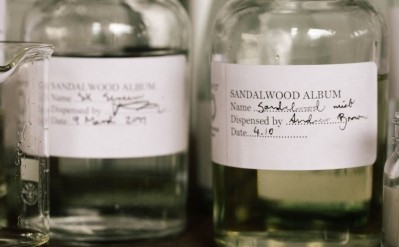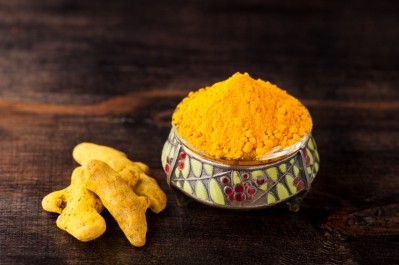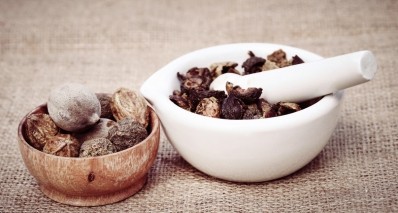Despite market growth, supply of Ayurvedic raw materials seems secure, experts say
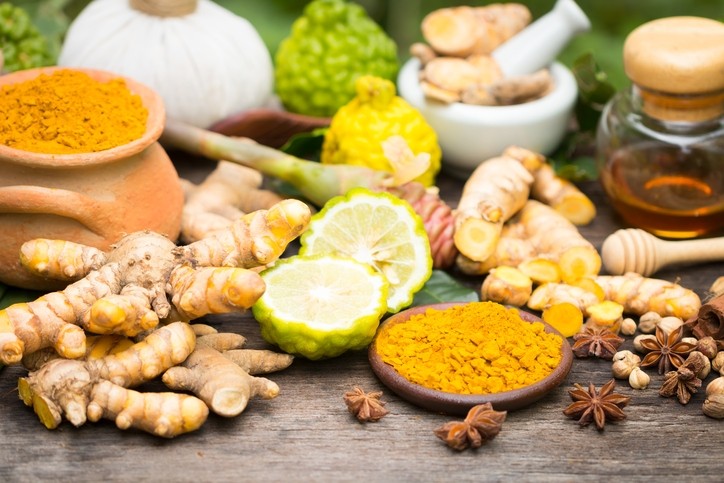
Experts contacted by NutraIngredients-USA painted a relatively rosy picture for the main ingredients of interest in Ayurveda, the traditional herbal medicine system that grew up in India.
Growth of the market
The supply issue has come into question with the rise of Indian guru and entrepreneur known as Baba Ramdev. Ramdev has built a business empire based on his yoga teachings and the sale of Ayurvedic products under the brand name Patanjali.
A wide range of products can lay claim to an Ayurvedic positioning—not just ingestible herbal medicine preparations. Patanjali sells personal care products as well as the more traditional medicinals. Among Patanjali’s biggest sellers are a toothpaste and a brand of ghee, or clarified butter.
Patanjali has grown rapidly. According to Indian financial newspaper The Economic Times, Patanjali had enjoyed 100% CAGR over the years 2012-2016. That growth stalled in 2017, but the company still brought in about $1.4 billion (Rs 10,000 crore) in revenue.
Ties to Modi government benefit business
Ramdev is controversial in that he is associated with Hindu nationalism, a political movement that inflames tensions with the country’s 180 million Muslims. He is reported to be close the government of divisive prime minister Narendra Modi.
According to a recent profile of Ramdev in The New York Times, he was able to use his government connections to benefit his business. One quote in particular highlighted the supply question. The report quoted a university professor in Assam State in northeastern India who asked for anonymity because he feared violence at the hands of Ramdev’s supporters.

“He also said Patanjali—emboldened by its ties to the Modi government—had run roughshod over laws regulating the harvest of medicinal plants,” according to author Robert Worth.
Supply still keeping up with demand
Experts contacted by NutraIngredients-USA said that despite that warning shot, the supply of the major ingredients used in Ayurveda seems secure. Laws governing harvest of these plants have become stricter, regardless of whether they might have been bent in some cases.
“In India, we already have stringent rules and regulations in place to use wildcrafted materials. The Forest Department will never allow anyone to take out material without proper documents. On top of that, now our National Biodiversity Authority at Chennai and State Biodiversity Boards in the respective 29 states make sure that the users have necessary approval for access to biological resources, and they share the complete information on the biological resources consumed in the given financial year,” said Shaheen Majeed, president worldwide of Sabinsa, a major supplier of ingredients with Ayurvedic roots.
PK Dave, CEO of Nature’s Formulary, which markets a full line of Ayurvedic dietary supplements, agreed with Majeed that the national government seems to be well aware of the potential fragility of some of these supplies of herbal materials.
“These agencies maintain data on supply and exports of wildcrafted herbs and guide state governments on sustainable harvesting. According to our information, most of the harvesting of wildcrafted herbs is regulated by the use of state government issued permits for each species,” Dave said.
“Amounts removed from forests are restricted so as to maintain healthy growth of remaining plants for future harvesting. A well known example is Indian Sandalwood—the wood export is banned, and the oil export is limited,” he said.
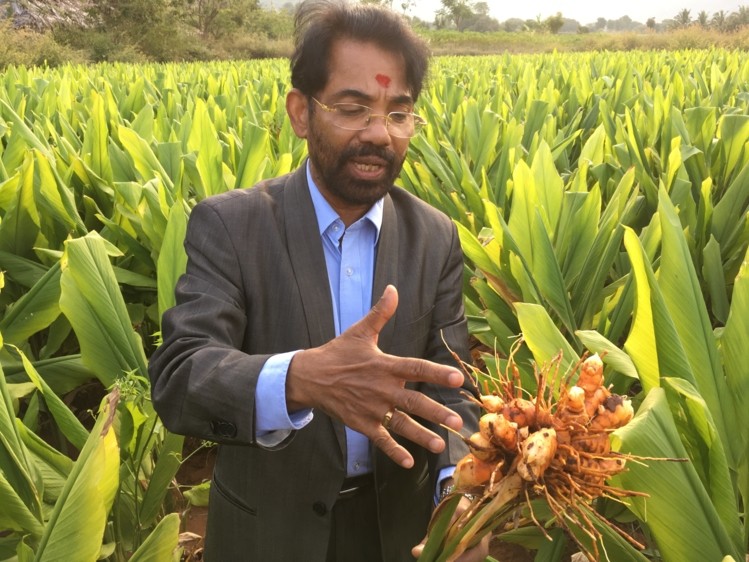
Interest for Ayurveda ingredients climbing in the US
Looking at the number of searches on Google for the term 'Ayurveda' in the US, it seems stagnant. But consumers are increasingly aware (and interested) in ingredients used in Ayurveda, such as curcumin (the main compound found in turmeric) and ashwagandha.
Mechanical harvesting in forests restricted
Dave said care has been taken to prevent degradation of the wild sources, even as the popularity of Ayurvedic products rises. He noted that the Indian government is an active participant in CITES (Convention on International Trade in Endangered Species).
“Our information indicates that minimal mechanical harvesting is permitted with hand collection, the norm, and in many cases reserved for ‘tribals,’ or people who live within the forests and have done so for a long time. We believe this supply is not under threat, at least for the wildcrafted materials used in Nature’s Formulary’s products,” he said.
“Nature’s Formulary maintains a policy promoting responsible use of herbs which implies that wildcrafted materials are sustainably harvested and cultivated herbs are grown with a minimal impact on the environment,” Dave added.
Cultivation has long history in market
Majeed said more and more producers are looking to develop cultivated sources for materials, thus easing the pressure on wild sources.
“The situation is getting better as far as reduction in the usage of wildcrafted species. Most of the players using biological resources have realized that they cannot depend on wildcrafted materials for long. The majority of these have started cultivating the species of their interest,” he said.
Dave noted that while the consensus is that Patanjali’s popularity has helped to grow the overall market for Ayurvedic medicine, the impact falls mainly on species that already have a long history of cultivation, such as turmeric, amla and triphala. There are thousands of plants mentioned in the Ayurvedic formulary, but only about 10% of these are regularly used, he said.
“India’s export of medicinal plants as percentage of world trade is very small and growing only slowly despite efforts by the Department of AYUSH (Ayurveda, Unani, Siddha, and homoeopathy). Basically, there is not the level of demand that threatens or decimates wildcrafted materials,” Dave concluded.
